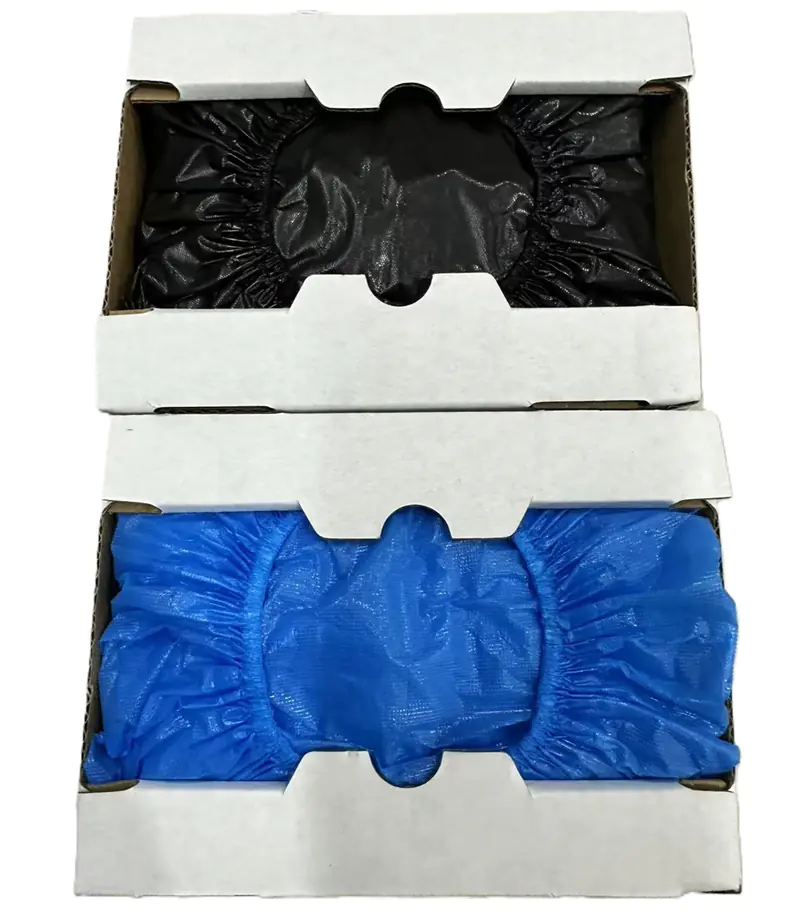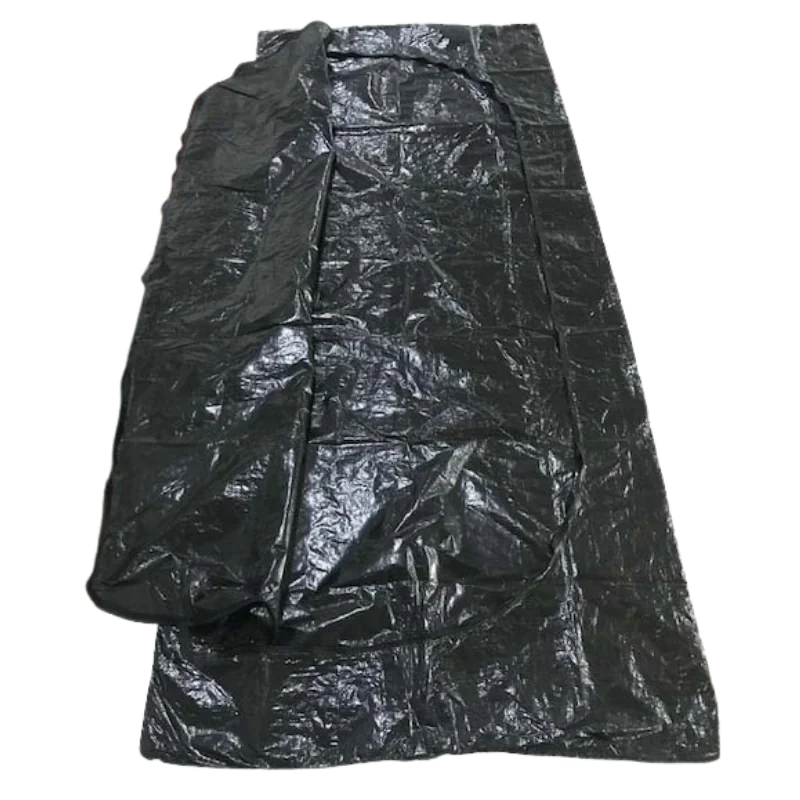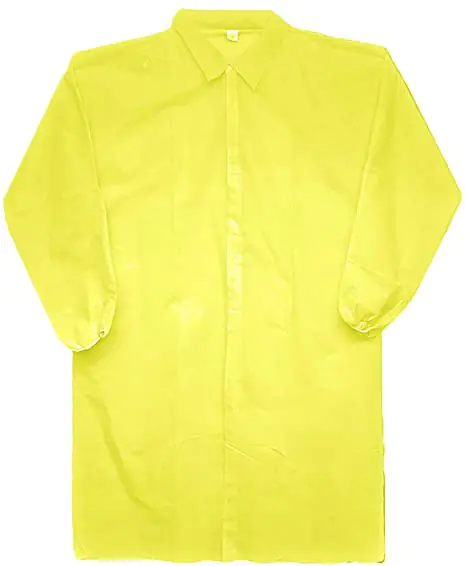Disposable wipes are typically made from nonwoven fabrics. These fabrics are engineered materials, meaning they aren’t woven or knitted like traditional cloth. Instead, fibers are bonded together using various methods.
The fibers used can include:
- Plant-Based Fibers: Wood pulp (cellulose), cotton, viscose, or rayon are often blended with plastics. These fibers help make the wipes softer and more absorbent.
- Fabric Creation Methods: Techniques like 스펀레이스, spunbond, meltblown, or airlaid create the nonwoven sheet.
In addition to the fabric itself, disposable wipes are saturated with a liquid solution. This typically contains water plus ingredients like:
- Cleansers (surfactants)
- Preservatives (to prevent bacterial growth)
- Fragrances (optional)
- Other specific agents depending on the wipe’s purpose (e.g., moisturizers for skin wipes, disinfectants for cleaning wipes).
So, most standard disposable wipes are a combination of plant-based fibers formed into a nonwoven sheet and soaked in a specialized liquid solution. You can find various types, including nonwoven disposable cleaning wipes roll options for different cleaning tasks.











